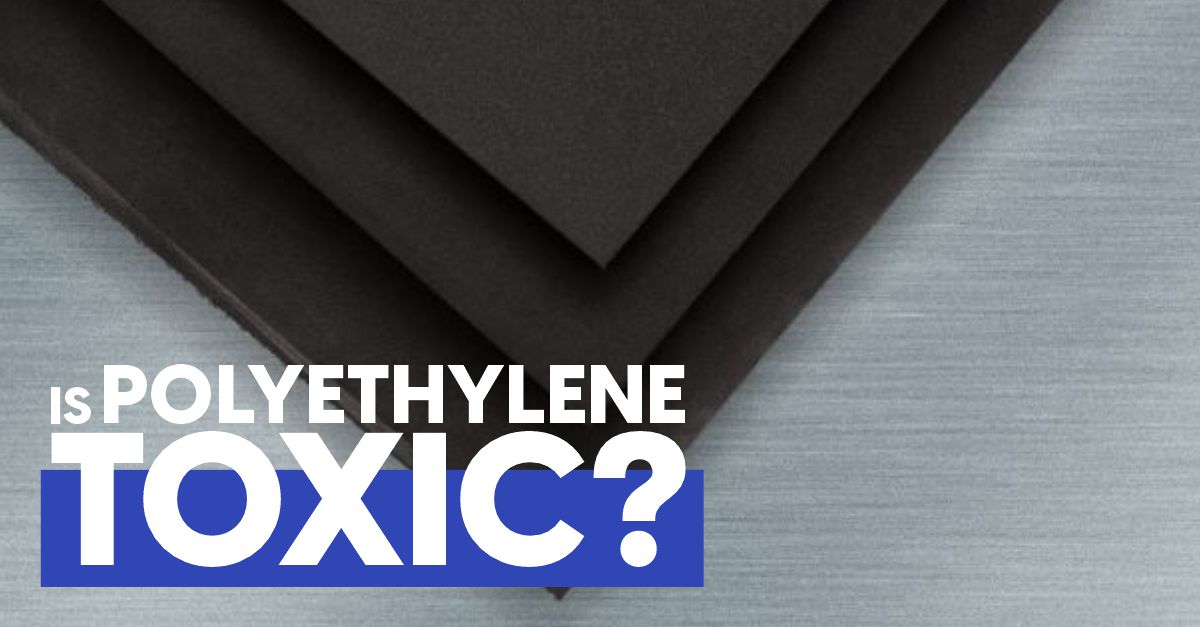
Is Polyethylene Toxic?
Is Polyethylene toxic?
When
working with certain chemicals, we seriously consider the toxicity levels of
those products and their processes, whether it's truly harmful, and how we can
lessen any potential effects on our consumers. The answer is simple - as a
leading manufacturer in South Africa using many of these chemicals in our products and processes, we
always aim to ensure our users of their components and safety. A thermoplastic
product such as Polyethylene is used in a variety of what we offer. It is also
a highly versatile component in plastic manufacturing and is used frequently
worldwide.
What is Polyethylene?
Polyethylene
is used in most Sondor
products, and, depending on the specific kind, it has an
extensive array of applications, mainly because of its changeable crystalline
structure. Polyethylene is one of the most frequently used polymers
around.
The
most popular polyethylene compounds are LDPE, LLDPE, HDPE. Polyethylene is
frequently divided into one of these major compounds. Sondor uses polyethylene
to manufacture High-density cross-linked Polyethylene, Low-density cross-linked
Polyethylene and Low-density non cross linked polyethylene foams
In
simpler terms, Polyethylene is highly versatile, and with its versatility comes
many different manufacturing processes and outcomes. At Sondor, we aim to keep
our clients informed on what goes into the making of our products. All of our
products are CFC and HCFC free, is chemically unreactive and a non-irritant.
What's more, our non-cross linked Low-density Polyethylene product, Aerothene, is regarded as biologically inert,
fully recyclable and also safe for use with drinking water (WRAS-SPX). This is
why it is such a popular product for use in the Agricultural industry. We
also comply with international standards, including, where needed, ISO 9001 and ISO 14001.
Composition of Polyethylene
Polyethylene
is, without a doubt, one of the most commonly used and versatile plastics in
the world. It is a thermoplastic produced from ethylene, which you'll find as a
component of most food packaging solutions. It
also has excellent electrical insulation properties, low cost, a high
strength-to-weight ratio, resistance to chemicals and oxidation, and good
thermal stability and remains flexible.
Is Polyethylene harmful?
While
Polyethylene has many useful properties, there also may be questions about
whether or not it can be considered toxic due to its chemical composition.
Research has shown that Polyethylene itself does not pose any significant
health risks to humans when appropriately handled. Exposure to or using any of
these products containing this polymer should not cause any major health risks.
At Sondor, we
take the safety of our customers, employees and the working environment very
seriously, and the protocols that we have in place ensures expert handling of
these products, like the manufacturing of Polyethylene foam. We have also
secured all the necessary certifications for a safe and bio-friendly
manufacturing environment. In short, we would not be using it if it was
harmful.
Should
you have any questions regarding any of our high-quality foam products or
processes, we encourage you to contact one
of our friendly sales representatives, and they will gladly assist with more
information. We also have datasheets available to download on each of our
materials pages, which explain in more detail exactly what goes into our foam
products and the correct handling of these materials.
As
experts in our industry, we are ever mindful of our carbon footprint and keep
customers informed as our operations evolve. To see what we currently have
available, kindly visit our website and browse through our many
performance foam solutions.
